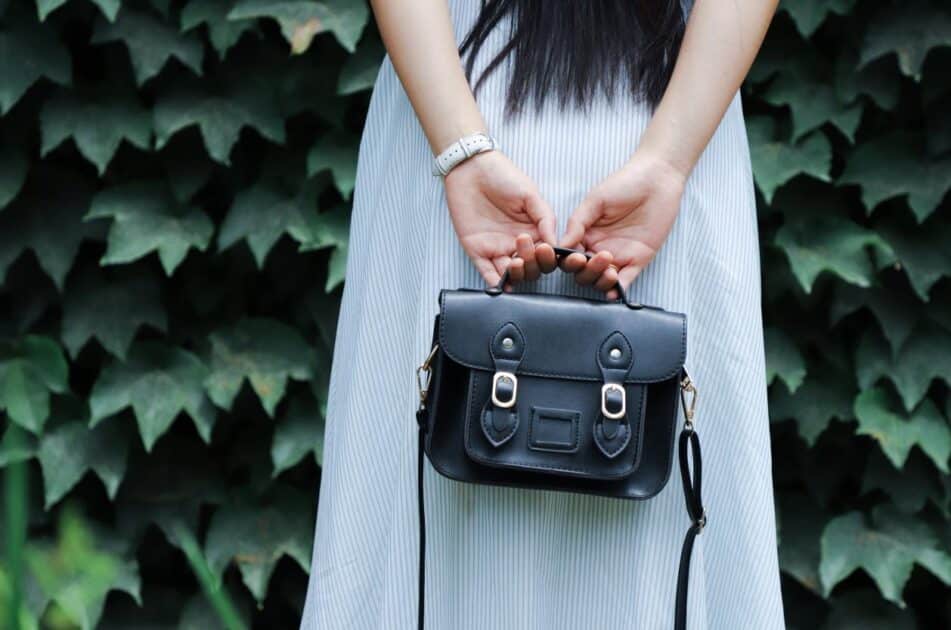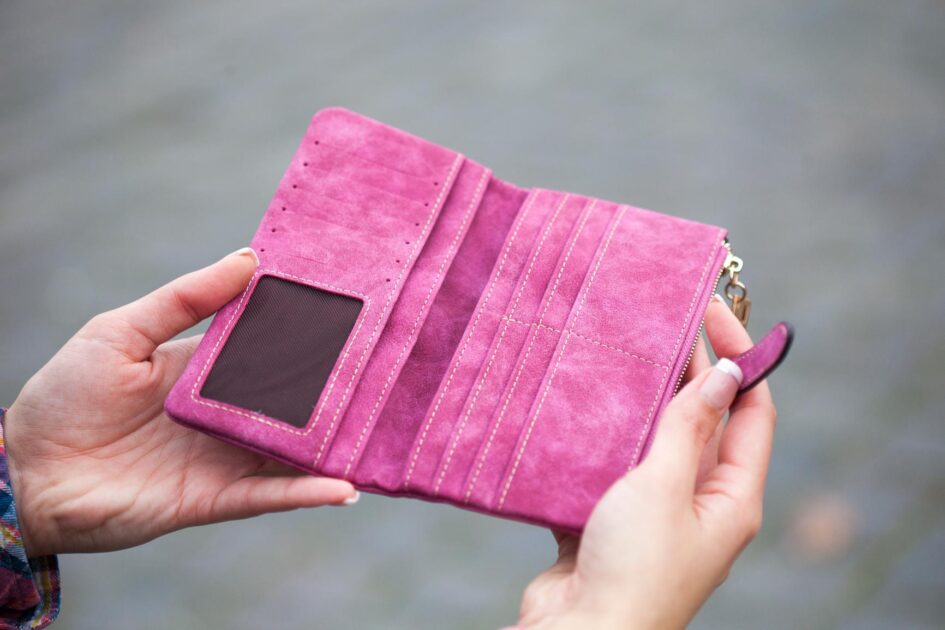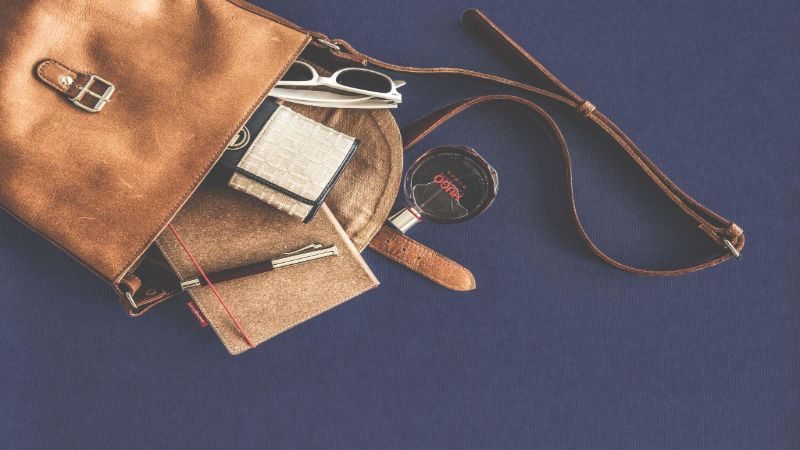Ever wondered how long your leather handbag will stay by your side? It’s not just an accessory; it’s a trusty companion through countless outings. The lifespan of a leather handbag can be quite impressive, with proper love and care.

You might be surprised to learn that with the right maintenance, a high-quality leather bag can last for decades. It’s all about how you treat it and the adventures you take it on. Let’s dive into the world of leather longevity and discover just how durable your chic sidekick can be.
Factors that impact the lifespan of a leather handbag
Quality of the Leather
Not all leather is created equal. Full-grain leather is most durable, while genuine leather might not last as long. When you’re shopping, look for handbags made from high-quality material which affects how well it ages.
Craftsmanship
The way your handbag is put together matters immensely. Stitching, edging, and hardware all play critical roles in its longevity. Examine the seams and joints; they should be tight and even without loose threads.
Usage
How often and how you use your bag will influence its lifespan. Daily use will naturally cause more wear and tear than occasional use. Be mindful of overloading your handbag; excessive weight can strain the straps and seams.
Storage
When not in use, how you store your leather handbag can preserve its shape and appearance. Keep it stuffed to maintain its form and store it in a cool, dry place with a dust bag for protection.
Maintenance
Routine care is crucial. Wipe off dirt with a damp cloth, treat with a leather conditioner periodically, and address spills quickly to prevent staining. Good maintenance keeps the leather supple and prevents cracks.
Environmental Exposure
Leather can be sensitive to the elements. Sunlight can fade and dry out the leather, while humidity can cause mildew. Minimize exposure to harsh conditions to reduce potential damage.
How to choose a high-quality leather handbag
When hunting for the ideal leather handbag, it’s pivotal to focus on leather quality. Full-grain leather is top-tier; it’s durable and ages well. Be wary of bags labeled “genuine leather” as that’s often a mix of different leather qualities.
Examine the hardware of the handbag. Zippers should glide smoothly, and the metal parts should feel heavy and solid. Poor quality fittings are a giveaway of a bag that won’t endure the test of time.
Stitching should be your next checkpoint. Look for tight, even stitches with no frays. Inconsistent stitching not only impacts durability but also affects the bag’s aesthetic.
Consider the bag’s interior. A high-quality lining, often made from materials like cotton or synthetic silk, suggests a commitment to craftsmanship that extends beyond the exterior.
The handbag’s structure is crucial too. A sturdy base and well-shaped sides indicate good construction. A bag that slumps or skews when filled may not last as long.
Investigate the reputation of the brand or artisan. Often, brands with a history of quality and excellent customer service ensure that you’re getting a product that’s both well-made and well-supported.
Check for a warranty or guarantee—a sign that the maker stands behind their handbags.ngthen the trust factor.
Remember, a higher price doesn’t always mean better quality. What’s important is how the bag is made, the quality of the material, and the attention to detail.
Proper care and maintenance for a leather handbag
Consistent care is key in prolonging the life of your leather handbag. Think of it as routine maintenance that your bag needs to stay in prime condition. To start, regularly wipe the surface of your bag with a soft dry cloth. This removes surface dust and dirt that can scratch or embed in the leather over time.
Once every couple of weeks, a more thorough cleaning is necessary. Use a cleaner specifically designed for leather. Apply a small amount using a soft cloth, rub it over the leather surface in circular motions, and wipe away any excess cleaner.
Conditioning is equally important. Leather conditioners help to keep the material soft and prevent it from drying out and cracking. It’s not necessary to condition your bag after every use; doing so every three to six months should be enough. However, the frequency can vary depending on the climate you live in.
« Where to Put Handbag in Restaurant: Keep It Clean & Safe While Dining
Are Handbags Considered Apparel? Unveiling Their True Role in Fashion »
Be mindful of storage. Never cram your leather bag in a tight space or stack items on top of it, as this can cause it to lose its shape. Stuff it with bubble wrap or parchment paper to help maintain its structure when you’re not using it.
Avoid excessive exposure to direct sunlight, heat, and water. These elements can fade and damage the leather. If your handbag does get wet, let it air dry naturally. Don’t use a hairdryer or place it near a heater, as high temperatures can warp and crack the leather.
Finally, be cautious of what you put inside your bag. Leaky pens or makeup can cause irreversible damage. Using a liner or small pouches for potentially messy items is a smart way to protect the interior from spills and stains.
Tips for extending the lifespan of your leather handbag
Proper care can make a world of difference in how long your leather handbag lasts. It’s not just about having a quality bag; it’s about maintaining it. Here are some expert tips to help you get the most out of your investment.
First, store your handbag correctly. Fill it with bubble wrap or parchment paper to maintain its shape and keep it in a dust bag or a pillowcase. Avoid plastic, which can cause moisture to build up, potentially damaging the leather.
Rotate your handbags. Don’t overuse a single purse; switch them out regularly. This rotation prevents excessive wear and tear on any one bag and keeps all your handbags looking fresh.
When it comes to cleaning, do it right and do it regularly. Wipe the exterior with a damp cloth every couple of weeks. For a deeper clean, use a leather cleaner specifically designed for your type of leather. Test any cleaner on a small, inconspicuous area first.
Condition your leather to keep it supple. A quality leather conditioner applied every six months can prevent drying and cracking. Avoid over-conditioning; too much product can clog the leather’s pores.
Avoid spills and stains by being mindful of what’s inside your bag. Pen leaks, makeup spills, and food stains can be difficult to remove and may cause lasting damage.
Lastly, be cautious with sunlight and heat. Prolonged exposure can fade and weaken the material. When you’re out, try to keep your bag in the shade and never leave it in a hot car for extended periods.
These tips won’t just help you extend the lifespan of your leather handbag; they’ll keep it looking as stylish as the day you bought it. Remember, a little effort goes a long way in preserving the elegance and functionality of your treasured accessory.
Stories of long-lasting leather handbags
Leather handbags aren’t just accessories; they’re investments in style and functionality—they can last for decades with the proper care. Consider the tale of a vintage Coach bag from the ’70s, still boasting its rich patina and sturdy seams despite daily use. It’s a testament to the brand’s commitment to quality that has made it a mainstay in wardrobes around the world.
Then there’s the story of a well-loved saddlebag, passed down from generation to generation. Each scuff and mark tells a story, turning the handbag into a cherished heirloom. The bag has traveled the globe, resilient through changing fashions and climates, yet it remains as reliable as the day it was first worn.
Let’s not forget the artisans who craft these long-lasting pieces. A hand-stitched leather tote from a local craftsman promises not just utility but also a unique bond between the maker and the owner. As the leather ages, it doesn’t just change color—it gains character. The stitching that was once done by meticulous hands now holds adventures and secrets of its endearing journey.
Luxury brands have their own legacies. A well-known Hermes Birkin bag, for example, is renowned not just for its iconic status but for its ability to withstand the test of time. With its hardware still gleaming and the quality of the leather unfaltering, it stands as a pinnacle of durability in high fashion.
These bags demonstrate just a fraction of the potential lifespan of quality leather handbags. Their resilience is bolstered by the stories etched into their surfaces, each crease a chapter of a much larger narrative. Whether it’s the dependable daily messenger bag or the statement piece for special occasions, the key to longevity is always in the craftsmanship and the care you provide.
Conclusion
So you’ve seen just how enduring a well-crafted leather handbag can be, especially when you treat it with a little TLC. Whether it’s a Coach classic or a Hermes heirloom, your handbag’s lifespan is a testament to quality and care. Remember, with the right maintenance, that cherished accessory could one day be a vintage treasure for someone else. So keep on loving and looking after your leather handbag—it’s not just a piece of fashion, it’s a piece of history.
Frequently Asked Questions
What makes high-quality leather handbags long-lasting?
High-quality leather handbags like those from Coach and Hermes are long-lasting due to their superior materials, craftsmanship, and construction. These factors contribute to their durability and ability to withstand daily use.
Can good care extend the lifespan of leather handbags?
Yes, proper care and maintenance can significantly extend the life of a leather handbag. Regular cleaning, conditioning, and storing in a cool, dry place away from direct sunlight are essential steps to preserve the leather.
Are there emotional values attached to leather handbags?
Leather handbags often carry sentimental value as they are durable and can be passed down through generations. The timeless design and personal stories behind each handbag enhance their emotional worth.
What brands are known for high-quality leather handbags?
Brands like Coach and Hermes are renowned for their high-quality leather handbags. They are recognized for their meticulous attention to detail, quality materials, and enduring designs.
How does the craftsmanship of a handbag contribute to its quality?
The craftsmanship of a handbag inclines its quality through meticulous stitching, precision cuts, and careful assembly. Expert artisans ensure that each handbag has a superior finish and functionality, contributing to its overall quality and durability.










